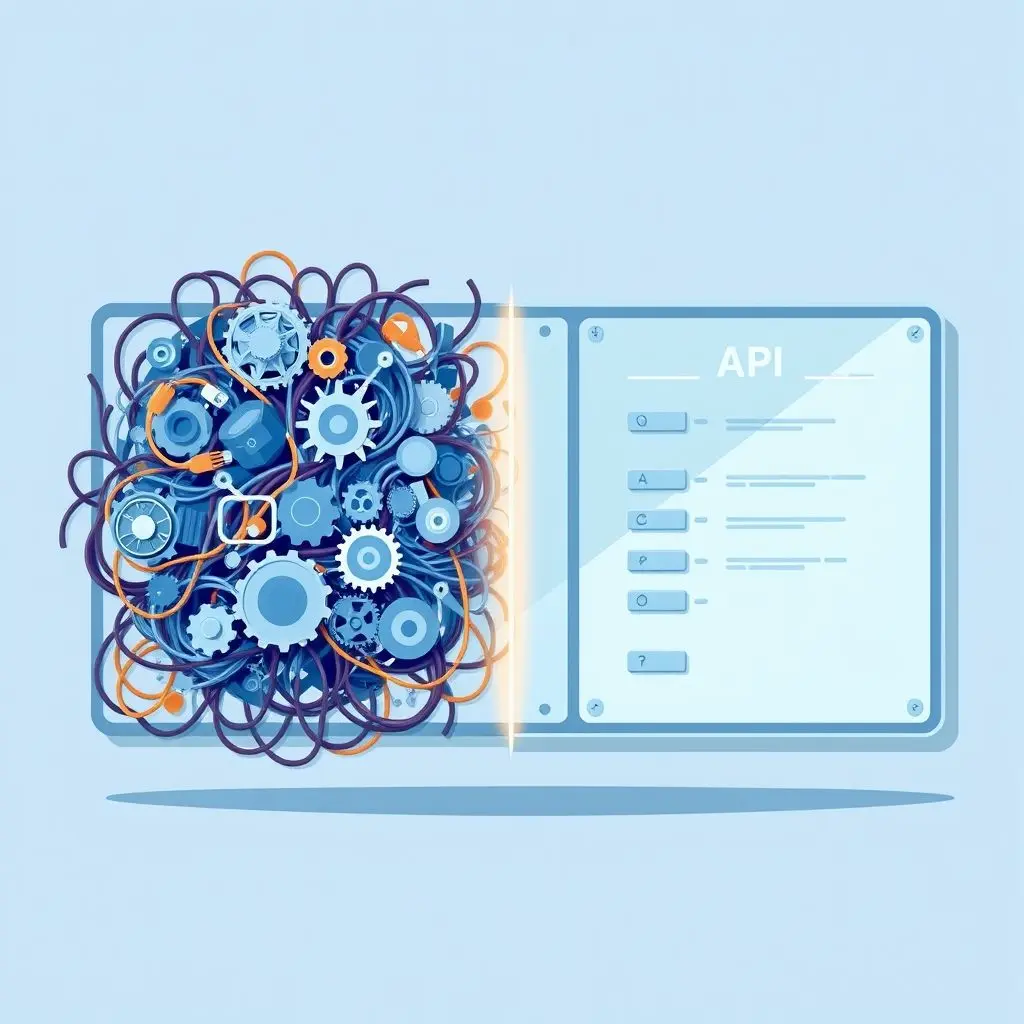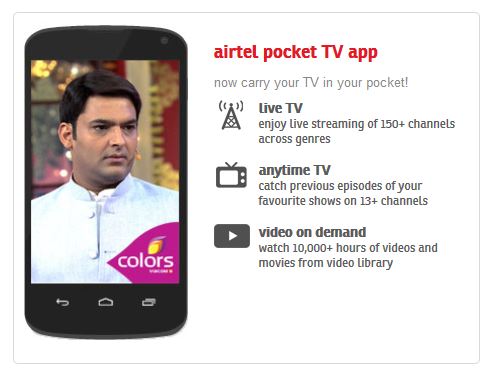Ever found yourself marveling at how your phone seamlessly orchestrates a symphony of apps? How your food delivery app instantly knows your location from your map service, or how your calendar magically populates with flight details booked through a travel site? It’s not sorcery; it’s something far more ingenious: the API.
You’ve probably heard the term thrown around, especially if you’re a bit tech-curious. It sounds complex, maybe even a little intimidating. But what if I told you it’s as intuitive as clicking LEGO blocks together? That’s the core idea, and it’s a game-changer for how software interacts.
Before we dive deep into the digital plumbing, perhaps a quick visual will help ‘connect’ the dots. Our team put together a snappy little explanation – think of it as the appetizer before the main course! Check out our YouTube Short:
Mind blown, as they say? If that little animation clicked with you, then you’re already on your way to understanding APIs. Let’s unpack that LEGO block analogy further and explore the power of these digital connectors.
Table of Contents
What Exactly Is an API? The Digital Glue Explained
API stands for Application Programming Interface. Let’s break that down, because each word is key:
- Application: This refers to any software with a distinct function – your weather app, a social media platform, a banking website, or even a component within a larger piece of software. Think of these as individual LEGO blocks, each designed for a specific purpose.
- Programming: This means it’s something used by developers (programmers) when they are building software. They don’t reinvent the wheel every time; they use existing tools and services.
- Interface: This is the crucial part. An interface is like a contract or a point of interaction between two systems. It defines how they can communicate, what requests can be made, what responses to expect, and the formats for these exchanges. It’s that special connector piece that allows different LEGO blocks to snap together securely.
So, an API is essentially a set of rules and protocols that allows different software applications to communicate and exchange data with each other, without needing to know the intricate details of how the other application is built. It’s the digital glue holding much of the internet and your app experiences together.

Why Not Just Let Software Talk Directly? The Need for a Middleman
You might wonder, “Why can’t different software pieces just access each other’s code directly?” Well, imagine if everyone could just walk into any restaurant’s kitchen and start rummaging around. It would be chaotic, insecure, and things would break constantly!
APIs provide several critical advantages:
- Security: APIs expose only necessary information and functionality, keeping the underlying system’s sensitive parts protected. The kitchen’s secret recipes (core code) remain safe.
- Abstraction & Simplicity: Developers don’t need to understand the complex internal workings of every service they want to use. The API provides a simplified, standardized way to interact. You just tell the waiter (API) what you want, not how the chef should cook it.
- Stability & Maintainability: The internal system can be updated or changed without breaking other applications that use its API, as long as the API contract itself remains consistent. The restaurant can renovate its kitchen, but as long as the waiter’s ordering process is the same, customers are unaffected.
- Modularity: Just like LEGOs, APIs allow complex systems to be built from smaller, independent, and reusable components.
Peeking Behind the Curtain: How APIs Actually Work (Simplified)
Okay, so APIs are like special connectors or messengers. But how do they actually pass messages around? The most common analogy here is that of a waiter in a restaurant.

In this scenario:
- You (the Client): This is the application that needs some information or wants to perform an action (e.g., your weather app).
- The Kitchen (the Server): This is the system or application that has the information or can perform the action (e.g., the weather service’s database and processing system).
- The Waiter (the API): The waiter takes your order (a request) from your table to the kitchen. The kitchen prepares your order. Then, the waiter brings your food (the response) back to your table.
The waiter doesn’t need to know how to cook. You don’t need to know how the kitchen is organized. The API handles the communication, ensuring your request is understood by the server and the server’s response is delivered back to you in a usable format.
The Language of APIs: Requests and Responses
This request-response cycle is fundamental. When an application (client) wants to interact with another system (server) via an API, it sends a request. This request typically specifies:
- What operation it wants to perform: Often using standard HTTP methods like
GET(to retrieve data),POST(to submit new data),PUT(to update existing data), orDELETE(to remove data). Think ofGETas asking for the menu, andPOSTas placing your specific order. - The specific resource it’s interested in: Identified by a URL (an endpoint).
- Any necessary data: For example, if you’re posting an update, you send the content of the update.
- Authentication details (sometimes): To prove it has permission to make the request.
The server processes this request and sends back a response. This response usually includes:
- A status code: Indicating whether the request was successful (e.g., 200 OK) or if an error occurred (e.g., 404 Not Found, 401 Unauthorized).
- The requested data (if applicable): Often in a structured format like JSON (JavaScript Object Notation), which is easy for machines to parse.
APIs in Your Daily Digital Life: You’re Using Them Constantly!
You might not see them, but APIs are the unsung heroes working tirelessly behind the scenes of many apps and websites you use every single day. Here are just a few common examples:
- “Log in with Google/Facebook/Apple”: When you see this option on a website or app, it’s using an API. The website asks Google (via its API) to verify your identity. You log in with Google, and Google tells the website, “Yep, they’re good!” without sharing your password with the website.
- Weather Apps: Your favorite weather app likely doesn’t have its own weather stations worldwide. It uses an API to fetch weather data from a specialized weather service provider.
- Embedding Content: When you see a YouTube video embedded on a blog post or a Google Map showing a business location on their contact page, that’s an API at work.
- Online Shopping: When you buy something online, APIs are buzzing:
- Payment gateways (like Stripe or PayPal) use APIs to securely process your payment.
- Shipping calculators use APIs from couriers like FedEx or UPS to get real-time shipping rates.
- Product search and filtering often rely on internal APIs to query massive databases.
- Travel Booking Sites: Sites like Expedia or Kayak aggregate flight, hotel, and car rental information from hundreds of different providers. They do this by connecting to each provider’s API.

The Genius of Abstraction: What APIs Cleverly Hide
One of the most powerful aspects of APIs is abstraction. They hide the complex, often messy, internal workings of a system and provide a clean, simplified interface for others to use. Think back to our LEGO block analogy: you don’t need to know the exact plastic composition or injection molding process of a LEGO brick to know how to connect it to another. You just need to understand the studs and tubes – its interface.
Similarly, an API hides:
- Underlying Technology: The application providing the API might be written in Java, Python, Ruby, or any other language. The application using the API could be written in something completely different. The API acts as a translator.
- Database Structure: You don’t need to know how the data is stored or organized in the server’s database. You just ask for what you need through the API.
- Internal Logic: The complex algorithms and business rules within the server application are hidden. The API exposes only the intended functionality.

This abstraction makes developers’ lives much easier. They can integrate powerful functionalities into their applications without becoming experts in every single external service they use.
Why Everyone Loves APIs: The Benefits Unpacked
APIs aren’t just a technical convenience; they offer substantial benefits to developers, businesses, and end-users alike.
For Developers: Building Better, Faster
- Reusability: No need to reinvent the wheel. Developers can leverage existing APIs for common tasks like payments, mapping, or authentication.
- Faster Development: Integrating existing services via APIs speeds up the development lifecycle significantly.
- Focus on Core Competency: Teams can concentrate on building their unique product features instead of trying to build everything from scratch.
- Innovation: APIs allow developers to easily experiment and combine different services to create new and innovative applications.
For Businesses: Innovation and Efficiency
- New Revenue Streams: Companies can expose their own data or services via APIs, potentially monetizing them (e.g., a weather service selling API access).
- Partnerships and Integrations: APIs make it easier for businesses to connect their systems with partners, creating more valuable offerings.
- Automation: APIs can automate workflows between different software systems, improving efficiency and reducing manual effort.
- Wider Reach: By providing an API, a business allows other developers to build applications on top of its platform, extending its reach.
For You, The User: A Smoother Digital World
- Seamless Experiences: APIs enable different apps and services to work together smoothly, providing integrated experiences (e.g., booking a flight and having it automatically appear in your calendar).
- Richer Functionality: You get more powerful apps that can do more things by leveraging features from various specialized services.
- Convenience: Single sign-on, integrated payments, and readily available information across platforms all enhance user convenience.
A Quick Look at API Flavors
While the core concept is the same, APIs can come in different “flavors” or types based on their scope and how they are accessed:
- Web APIs (or HTTP APIs): These are the most common type discussed today, accessed over the web using HTTP.
- Library-based APIs: When a software library provides a set of functions or classes for developers to use within their code.
- Operating System APIs: These allow applications to interact with the operating system for tasks like file access or managing windows.
- Database APIs: Allow applications to communicate with database management systems.
Furthermore, APIs can be categorized by their availability:
- Public (or Open) APIs: Available for any developer to use, though they might require registration and have usage limits or fees.
- Private (or Internal) APIs: Used only within an organization to allow different internal systems or teams to communicate.
- Partner APIs: Shared with specific business partners to facilitate collaboration, but not publicly available.
APIs: The Silent Architects of Our Connected World
So, there you have it. APIs are not just a technical acronym; they are fundamental building blocks that make our modern digital lives possible. They are the invisible messengers enabling your apps to talk to each other, share information, and deliver the seamless, feature-rich experiences you’ve come to expect.
The next time your map app instantly knows the restaurant you just searched for, or your music app plays through your smart speaker, give a little nod to the humble API. It’s the digital diplomacy making sure everyone plays nice together in the vast software playground.
Your API Questions Answered (FAQ)
Is an API a piece of software?
Not exactly. An API is more like a contract or a specification that defines how software components should interact.
Are all APIs free to use?
No, not all of them. Some APIs are completely free, while others operate on a “freemium” model or are strictly commercial products.
What’s the difference between an API and a website?
A website is designed for human interaction, while an API is designed for software-to-software interaction.



